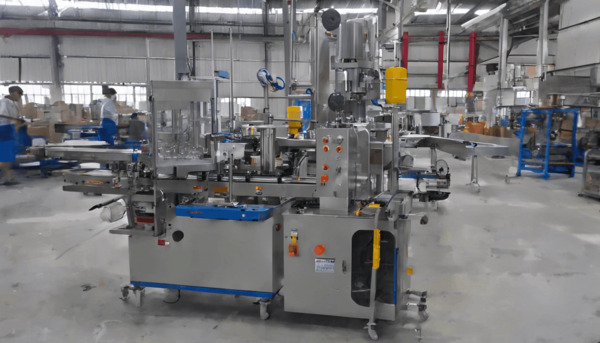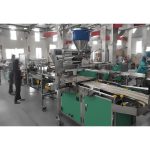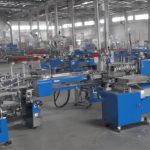
Understanding Alu Alu Packaging
Alu Alu packaging, also known as cold form foil (CFF) packaging, is a type of packaging that uses aluminum for both the top and bottom layers. This method is particularly favored in the pharmaceutical industry due to its superior barrier properties. The aluminum layers provide an excellent shield against moisture, light, and oxygen, which helps in maintaining the integrity and shelf life of sensitive products.
Advantages of Alu Alu Packaging
One of the main advantages of Alu Alu packaging is its exceptional barrier properties. The aluminum layers are impermeable to gases and moisture, ensuring that the contents remain unaffected by external environmental factors. This makes it ideal for packaging pharmaceuticals that require stringent protection.
Additionally, Alu Alu packaging is highly durable and resistant to punctures and tears. This ensures that the products are well-protected during transportation and storage. Moreover, the use of aluminum provides a high degree of opacity, protecting light-sensitive products from degradation.
Applications of Alu Alu Packaging
Alu Alu packaging is predominantly used in the pharmaceutical industry for packaging tablets, capsules, and other sensitive medications. It is also used in the food industry for packaging items that require extended shelf life and protection from environmental factors. The robust nature of Alu Alu packaging makes it suitable for high-value and critical products.
Exploring Blister Packaging
Blister packaging, on the other hand, typically involves a combination of plastic and aluminum. The product is placed in a cavity made of plastic, and the cavity is then sealed with an aluminum foil. This type of packaging is widely used across various industries, including pharmaceuticals, consumer goods, and electronics.
Advantages of Blister Packaging
Blister packaging offers several advantages, including product visibility and tamper evidence. The transparent plastic allows consumers to see the product before purchase, which can be a significant selling point. Additionally, blister packaging provides a tamper-evident seal, ensuring that the product has not been altered or contaminated.
Another benefit of blister packaging is its cost-effectiveness. The materials used are generally less expensive compared to Alu Alu packaging, making it a more economical choice for many products. Furthermore, blister packaging is lightweight and easy to handle, which can reduce shipping costs.
Applications of Blister Packaging
Blister packaging is commonly used for packaging over-the-counter medications, vitamins, and supplements. It is also widely used in the consumer goods industry for packaging items such as batteries, toys, and hardware. The versatility and cost-effectiveness of blister packaging make it a popular choice across various sectors.
Key Differences Between Alu Alu and Blister Packaging
While both Alu Alu and blister packaging serve the purpose of protecting products, they have distinct differences. The primary difference lies in the materials used. Alu Alu packaging uses aluminum for both layers, providing superior barrier properties, while blister packaging combines plastic and aluminum, offering visibility and cost-effectiveness.
Another key difference is the level of protection offered. Alu Alu packaging provides a higher degree of protection against moisture, light, and oxygen, making it suitable for highly sensitive products. In contrast, blister packaging offers moderate protection and is more suitable for products that do not require stringent environmental controls.
Conclusion
In summary, both Alu Alu and blister packaging have their unique advantages and applications. Alu Alu packaging is ideal for products that require maximum protection from environmental factors, while blister packaging offers visibility and cost-effectiveness for a wide range of products. Understanding the differences between these two packaging methods can help manufacturers choose the most suitable option for their specific needs.





